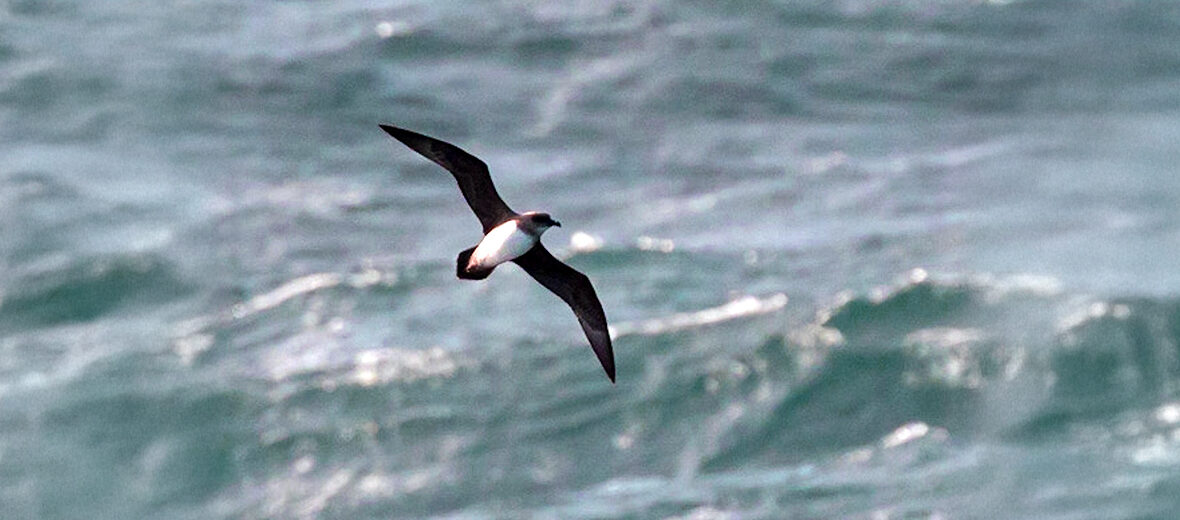
The Atlantic petrel is a gadfly petrel endemic to the South Atlantic Ocean. Gadly petrels are so named due to their speedy, weaving flight, almost as if evading gadflies (horse flies). These birds face the threats of hunting; trapping; invasive species, and with them predation of chicks and eggs; land pollution; water pollution; microplastics pollution; and climate change, and with it severe storms and flooding. The IUCN lists these petrels as Endangered. Their population trend is listed as decreasing.
First the Stats…
Scientific name: Pterodroma incerta
Weight: Up to 18.34 ounces
Length: Up to 16.93 inches
Wingspan: Up to 41 inches
Lifespan: Up to 15.6 years
Now on to the Facts!
1.) There are an estimated 1,800,000 wild individuals remaining.
2.) These birds can be found from South America to South Africa.
3.) 90% of the global population is found on Gough Island.
4.) Squid makes up to 87% of their diet, followed by lanternfish, other various other fish, and crustaceans.
5.) Atlantic petrels are mostly nocturnal (active at night).
But wait, there’s more on the Atlantic petrel!
6.) These petrels breed in massive colonies on Tristan da Cunha and Gough Island.
7.) They are preyed on primarily by house mice, which have grown to nearly twice the size of their continental counterparts. This is known as island syndrome.
Did you know…?
Island syndrome is where an animal evolves differently due to the various ecological pressures affecting insular species, including a reduction of large predators and herbivores as well as a consistently mild climate; coupled with an abundance of food.
8.) Chick failure was 87% in 2014 – 2015, with chicks attacked by mice within 2 hours of hatching and dead within 3 – 7 hours later.
9.) On Tristan da Cunha, introduced rats and mice are abundant and have likely contributed to the near extirpation of these Petrels from this island.
10.) Females lay a single egg that hatches in up to 30+ days.
But wait, there’s still more on the Atlantic petrel!
11.) The chick fledges in up to a rather lengthy 140 days after hatching.
12.) Beginning around circa 1970s, on Tristan da Cunha, there have been programs to teach inhabitants to learn about this species and why it is important for the ecosystem.
13.) Studies on the house mouse have been concentrated on ways to eradicate mice on Gough Island, minimizing the risk of introducing other invasive species, and discovering better methods to understand the Atlantic petrel’s habits.
14.) Previously listed as Vulnerable, these petrels were uplisted to Endangered in 2008.
Now a Short Atlantic Petrel Video!
Be sure to share & comment below! Also, check out the Critter Science YouTube channel. Videos added regularly!

Want to suggest a critter for me to write about? Let me know here.
Some source material acquired from: Wikipedia & IUCN
Photo credit: iNaturalist



